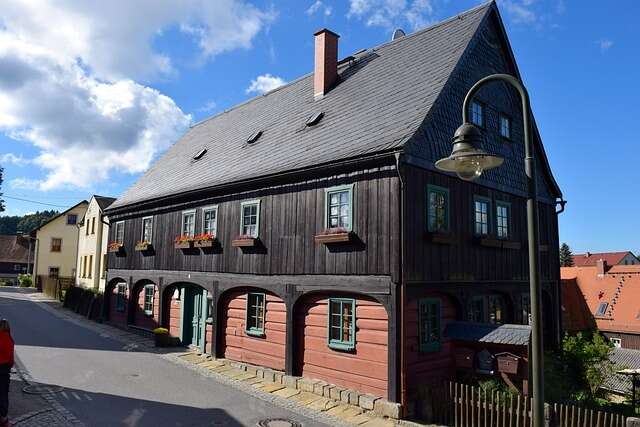If you are looking for your first home or to invest in a new property. These home styles and structure ideas will help you a lot. Two parameters that will classify a home, are its structure and style. Modern-day people prefer distinct-styled homes. The structure of a house refers to the type of building. For example a condominium or a single-family home. This has made advent to different house types around the world.
Advances in architectural design have given advent to unique and different-styled homes. Experts in interiors and design always come up with new home design and décor ideas. Let’s check the different structures of homes that are available in today’s era. Hope these ideas help you decide to rent or purchase your new property.
Apartments
An apartment is a collection of similar units under a single building structure. An important feature of an apartment is that you have to rent the place from a landlord. Mostly, apartments and entire buildings have many convenience factors like laundry, on-site repair workers, gym facilities, family parks, and swimming pools.
There are advantages and disadvantages for each housing property. An apartment may also you have pros and cons.
- Pros: Maintenance and repairs are taken care of by building maintenance.
- Cons: It has shared services. The gym, pool, and other amenities are shared. with other building residents.
Condominium
Condominiums offer conveniences that come with apartments. In these units, you are yourself in charge of your unit instead of building owners or landlords.
These units are amazing options for city living and for older people who prefer owning their living units. there are pros and cons of condominiums also.
- Pros: benefits of homeownership, and lesser maintenance than single-family homes.
- Cons: Free agency and lesser privacy than single-family homes.
Co-Op
A co-op is also known as a housing cooperative.
House cooperatives are called Co-op. This is a different type of housing. When a person buys a co-op, they purchase the share of a company that owns a building instead of completely owning a housing unit
The shares number you own typically for a co-op correlates to how much space you can be allocated in the co-op. Once people are accepted into a co-op and after purchasing their share, they can have a vote on common spaces and will split maintenance costs and other fees.
- Pros: Co-ops give a great sense of community and are lesser expensive and cost effective as compared to a traditional home.
- Cons: There is less freedom and privacy. Decisions are finalized on group approval.
Single-Family (Detached Houses)
A housing structure that is much loved and gives a huge space is single-family, detached homes. These housing units are completely detached from other units. A single house stands on a single piece of land. So, the house and land both belong to the tenant or owner living in it. The majority of homes in the U.S. are single-family homes.
These homes are less common in highly populated areas. As where land is less and the population is more, allocating a single piece of land to a single owner or family is not adequate to divide the complete area. These types of homes are mostly found in suburbs, if found in the center city, they are pretty expensive because of the scarce space available.
These homes are more private and offer options for personalization as homeowners can customize their entire space as per their choices. However, these homes also have pros and cons.
- Pros: Single-family homes have higher privacy and more freedom than most other homes.
- Cons: They typically cost much more and need to self maintained.
Tiny Homes
The popularity for tiny homes has boomed in recent years. these little abodes usually fall in the range of 100 to 400 square feet. They are prefabricated and some are even completely customized constructs.
These homes have become popular among couples and single adults who want more financial and physical freedom, as some tiny houses are mobile and can be moved to different locations.
- Pros: Tiny homes are more cost-effective and provide greater physical freedom.
- Cons: They have smaller spaces, with fewer amenities, not suited for family growth.
Town Houses
A townhouse is an individually owned dwelling that shares at least one wall with another unit and has its own entrance from a street. They are most popular in large cities where space is limited.
Townhomes often make use of vertical space and may have multiple stories. They save horizontal space by sitting side by side with other homes. Sometimes they may have shared amenities among a collection of townhouses.
- Pros: They are more affordable than single-family homes.
- Cons: They have less freedom and less privacy to change the home exterior.






